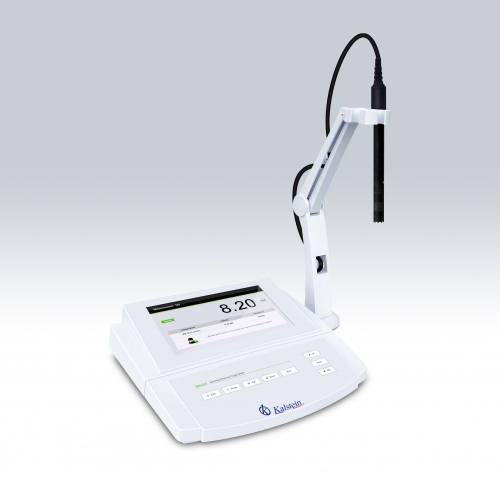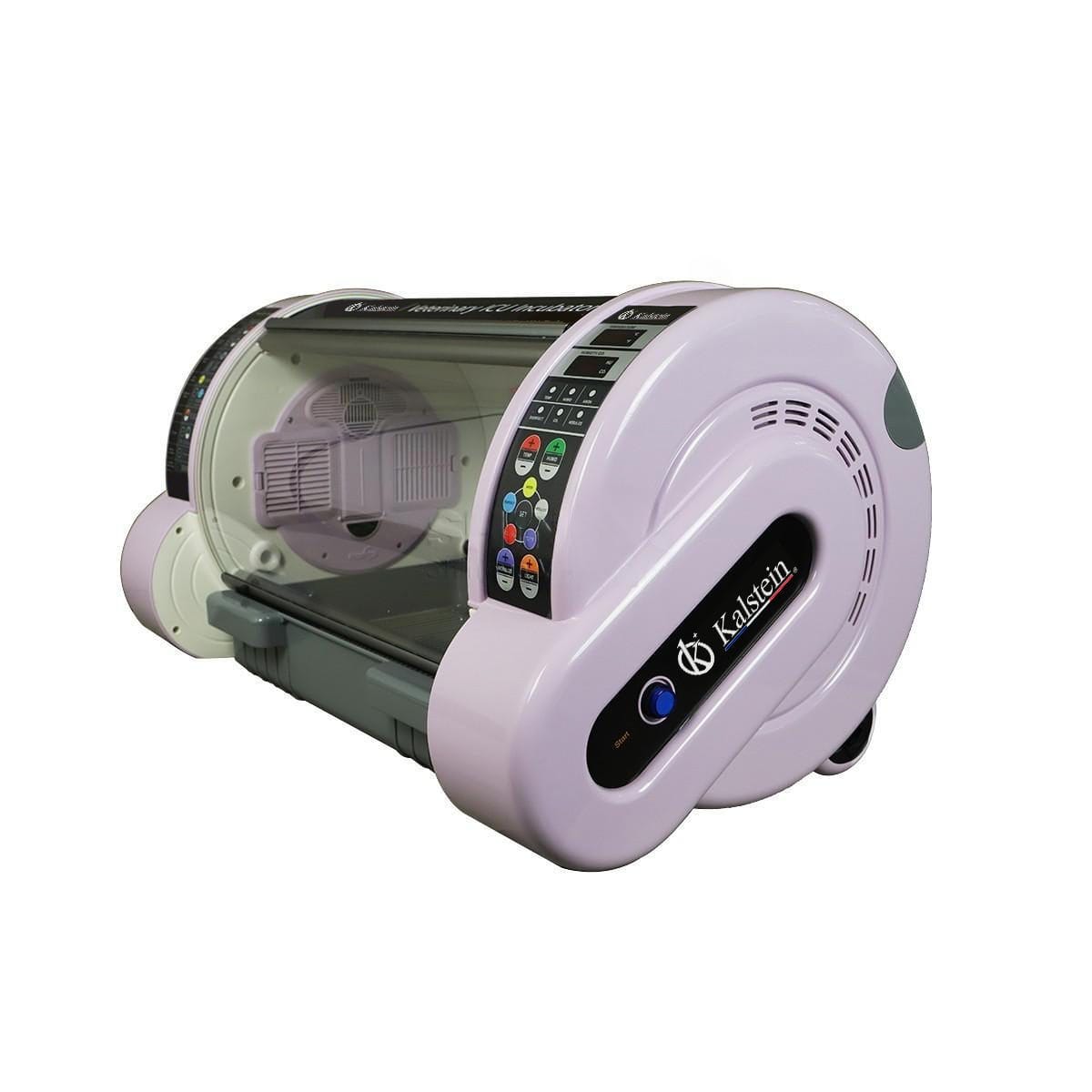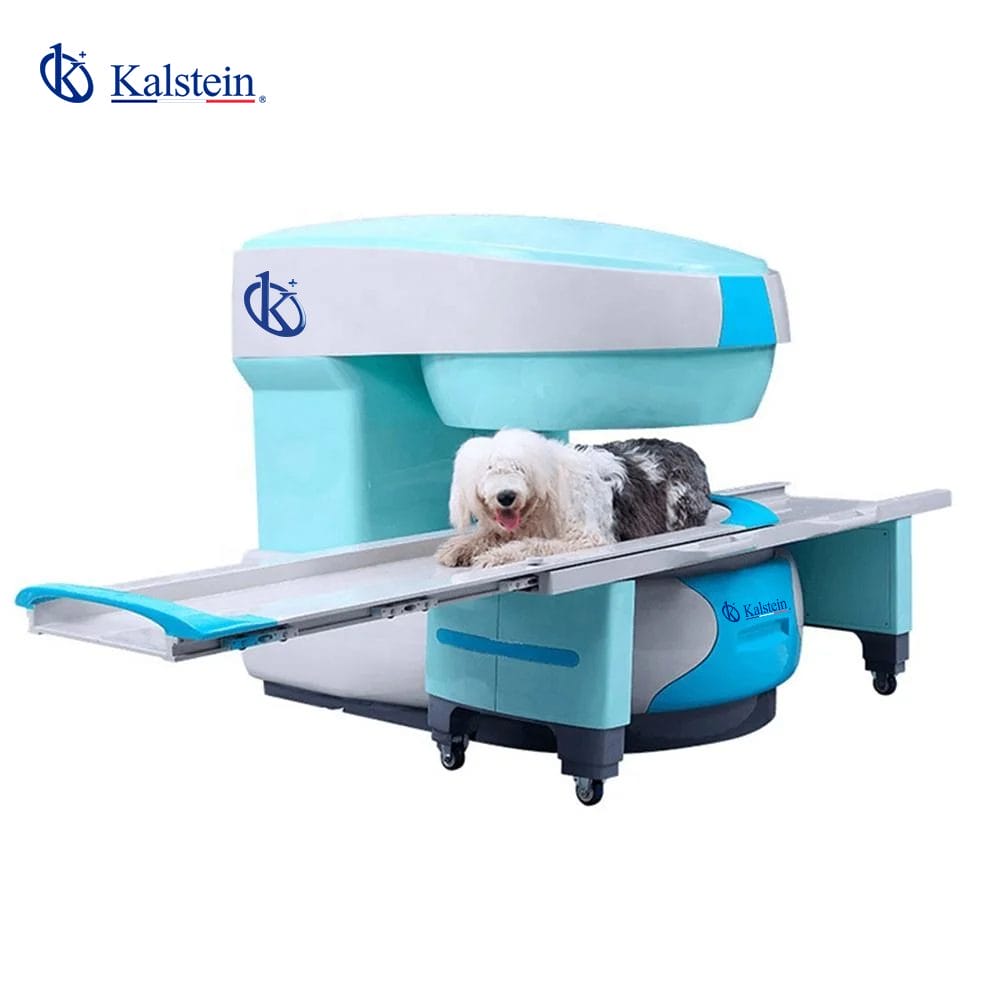Dissolved oxygen (DO) is the gaseous oxygen that is dissolved in an aqueous solution, also defined as the measure of the amount of oxygen that is distributed in a system. Dissolved oxygen is related to water quality and can be measured accurately through an oxygen meter.
These equipment use different measurement scales, one of them is by parts per million (ppm) and the other by the percentage of saturation (%), these measures define the percentage of dissolved oxygen with respect to the maximum amount of dissolved oxygen that can contain a liter of any liquid.
Applications where dissolved oxygen measurement is used
Oxygen meters are used to measure and control the oxygen content in the various points of the water circuit of steam boiler installations, in order to avoid corrosion of metals produced by oxygen, due to its oxidizing power. Among other uses, there is the care of aquatic ecosystems and more.
Measurement of dissolved oxygen is also essential in the field of pharmacology, because in fermentation and cell culture to ensure optimal conditions for the cell, since low levels of oxygen concentration can affect growth rate, nutrient absorption, cell morphology and metabolism synthesis; that is equivalent to a decrease in the quality of the final product.
How does a dissolved oxygen meter work?
An oxygen meter works through integrated probes, which have the ability to measure oxygen levels. These probes work in conjunction with optical fluorescence, galvanic or polarographic sensors, thus providing a safe and efficient measurement.
Current meters generally employ two types of dissolved oxygen sensors: electrochemical and optical. Optical sensors operate under the principle of fluorescence extinction. A luminophore that is part of the membrane is excited by the light of a blue LED, emitting a red light. The oxygen dissolved in the sample turns off the excitation. In cases where oxygen is not present, the lifespan and signal are the best. These devices usually have a temperature sensor built into the oxygen meter, allowing you to perform automatic temperature compensation.
Luminescence intensity and lifetime are inversely proportional to the amount of oxygen present. Luminescence duration and intensity are measured with a photodetector and used to calculate the dissolved oxygen concentration.
Electrochemical sensors, a thin and permeable membrane isolates the water sensor elements. Oxygen that passes through the membrane is reduced by creating a current that the meter converts into a measurement of the oxygen concentration.
At Kalstein we are MANUFACTURERS of laboratory equipment and we put at your disposal a new dissolved oxygen meter at the best PRICE on the market. Visit us HERE



